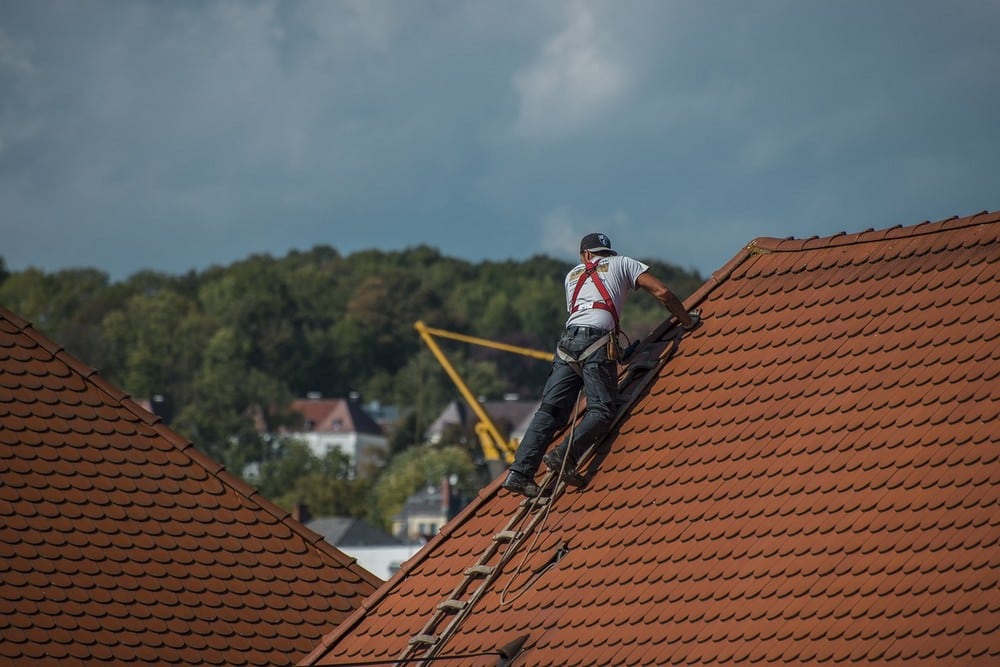
If you reside in an area with extreme weather conditions, such as tornadoes, hailstorms, hurricanes, and heavy snow, your roof and the entire home are highly vulnerable to potential damage. Storm-proofing your roof is essential to safeguard your home against nature’s unpredictable forces. Follow these tips to storm-proof your roof effectively.
Perform a Thorough Roof Inspection
You should perform a thorough roof inspection before the forecasted weather events to create ample repair time. Inspect for visible signs of wear and tear and deterioration of the roofing material. Check the flashing around the vents, chimney, and skylights for gaps that enable water penetration or signs of damage.
Remember to inspect your gutter and downspout connections to ensure they are securely attached to your roofing system and allow free water flow. Confirm if the attic has signs of leaks, such as mold growth and water stains, and if the attic insulation needs an upgrade.
Upgrade Your Roofing Material
You need to upgrade to a quality roofing material that can withstand stormy elements and invest in professional installation. Metal roofing in Florida and other storm-prone areas works perfectly due to its robust resistance to extreme weather and durability. If your roof currently has shingles, consider upgrading to impact-resistant shingles that can withstand the impact of debris, hail, and strong winds.
Reinforce Roof Structures and Replace Sealants
By reinforcing roof structures, you strengthen the structural integrity of your roof and provide extra support against extreme weather. You can add hurricane clips or straps to keep the roof securely attached to the walls of your home.
Check your roof decking for rot, damage, or weak spots, and replace any weakened wood immediately. Ensure that your roof’s trusses and other support structures are in perfect condition and capable of withstanding strong natural forces.
Most importantly, inspect your roof sealants, especially around vents, chimneys, and flashing, and replace them promptly where necessary to maintain a watertight barrier. Use premium quality, weather-resistant sealants for extra protection.
Maintain Your Gutters and Downspouts Properly
Your gutters and downspouts should be functioning well to direct water away from the property and prevent water damage. Make it a habit to clean your downspouts and gutters regularly to prevent clogging that can encourage water overflow and damage during heavy rains. Install gutter guards to prevent debris and leaves from blocking your gutter system.
Invest in Proper Roof Ventilation Systems
One key to maintaining a healthy and durable roof is proper roof ventilation. Inadequate ventilation causes moisture and heat to build up in the attic during unfavorable weather events, resulting in damage to the underlying structure and roofing material. Invest in soffit vents, gable vents, and ridge vents to improve your roof’s ventilation and lower the risk of mold growth, ice dams, and other weather-related issues.
Trim Overhanging Tree Branches
Overhanging tree branches can result in severe roof damage during a storm. Sometimes, the strong winds and heavy rains cause them to fall onto rooftops, damaging them and exposing occupants to danger. These trees also release excessive leaves, small branches, and other debris that can clog your gutter system, increasing the risk of water damage. Work with an expert tree-trimming service to chop any branches dangling over your roof. If some trees are too close to the building, consider removing them to safeguard your home.
While you might not be able to control the weather, you can enhance the safety of your house and loved ones by storm-proofing your roof. The process involves proactive inspections, inevitable upgrades, and proper roof maintenance.








